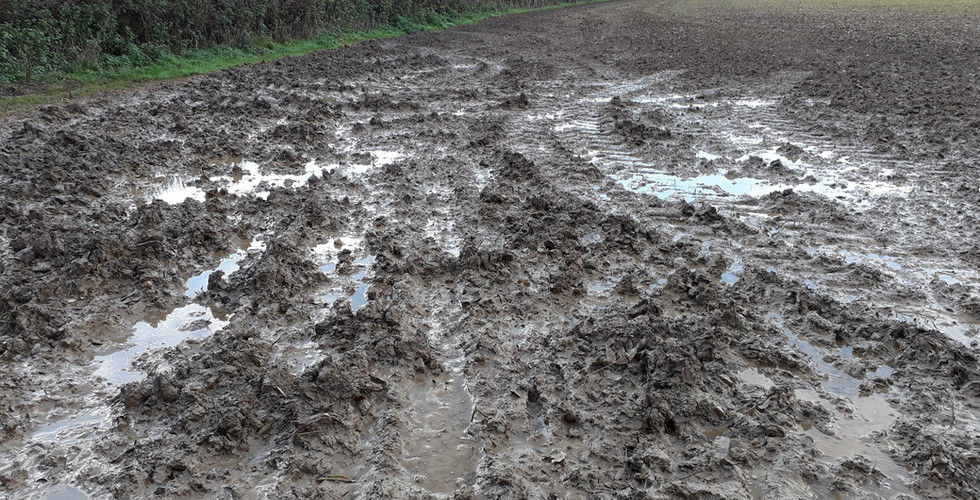February 2024, 29 days.
- Philip

- Feb 9, 2024
- 2 min read
A commercial crop of winter wheat coming out of the winter months, December, January and February, should still be in a vegetative state. Most recently I have been on farm reviewing crops as they approach the 1st days of spring with thoughts of when and how much nitrogen to apply to individual fields in the first application of inorganic fertiliser.
I knew some fields were not planted under ideal conditions and the total volume of rainfall over winter had caused problems for everyone. Around Gloucestershire the negative impacts do vary significantly from field to field.
An assessment of plant numbers per square meter is very different to “we completely lost that bit” and both significantly affect fertiliser application planning.
Lost areas can be a direct result of: -
Poor soil conditions at the time of planting; seed really did not stand a chance to chit, grow and survive.
Pest attack; slugs kept on munching.
Erosion. Plants were washed away with the soil.
Hypoxia: Cells comprising plant root systems which are placed in anaerobic conditions (no oxygen ‘hypoxia’) eventually die.
As far as Hypoxia is concerned there is no precise critical period that roots remain unaffected as temperature and soil structure (soil aeration) influence the period; crops should be able to tolerate 5–7 days underwater, after which the risk of death increases substantially. When cells die secondary infection by bacteria and fungi can then be the main cause of subsequent plant death.
Plant reserves of sugar are also depleted during this anaerobic phase, water logging triggering a range of enzyme and metabolic processes as plants attempt to adjust and repair themselves.
But despite all this I note a majority of crops have retained vigorous and healthy green canopies which via the process of evapotranspiration will help dry out soils when the rain eventually stops.
In the meantime I carry on with my field assessments for plant populations, tiller numbers and green area index to assist in decision making for spring 2024.




















Comments